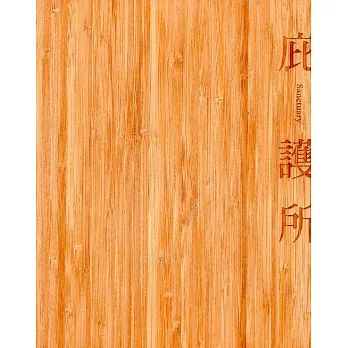《庇護所》從美術館公共空間出發,以開放、可觸及的方式延伸美術館的社會價值與文化思辨。藉由戶外地景創作,賦予北美館新姿態,將藝術場域從白盒子游移至廣場,延續當代藝術之能量與精神。 王文志長期使用自然有機媒材,其創作養分來自家鄉梅山的成長經驗,透過集體勞動建構大尺度裝置,重現人與自然之間親密又不失崇敬的關係。作品本身即空間,藝術家藉此建立起人們相遇、交流的平台,促使美術館與市民有更多元的互動契機。參與者穿梭於手工編織之竹材屏障,除了感受自然材質與光線揉合的美感張力,藝術家亦希冀將原始山林的能量、環境的氣味、洗滌心靈的靜謐感帶給觀者,在都市中創造一個庇護之所。
Sanctuary departs from the art museum public space and employs an open and touchable approach to extend the museum’s social values and cultural speculations. With land art created outdoors, the endeavor gives TFAM a new outlook and moves art from the white box out to the plaza, with the energy and spirit of contemporary art extended. Wang Wen-Chih has been creating natural, organic, large-scale installation art for a long time, and his art brings the audience into his sensory space for physical and psychological meditation. The art he creates also forms a space, where a platform is created by the artist for people to meet and interact and for the museum to engage in more interactions with the public on a wide array of contemporary issues. In addition to feeling physically protected, the experience provided by the artwork also prompts the participants to contemplate on the meaning behind spiritual sanctuary. The objective is for this healing and comforting art space to evoke thoughts on broader social issues.



 天天爆殺
天天爆殺  今日66折
今日66折 

























 博客來
博客來 博客來
博客來 博客來
博客來 博客來
博客來 博客來
博客來